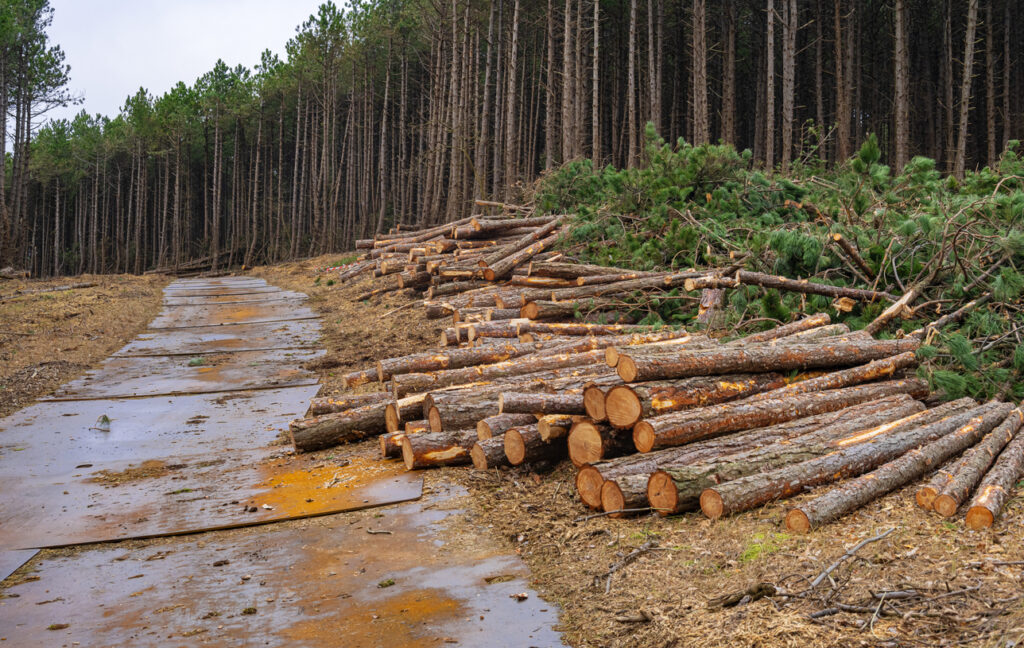Halting Deforestation
At one point, a thriving band of tropical rainforests extended around the globe, from Brazil, to Africa, to Southeast Asia. For centuries, Indigenous peoples and local communities lived in and protected these vital ecosystems, which house nearly half of the world’s plant and animal species. However, due to economic and political incentives, people began cutting down tropical forests, making them more valuable as timber than standing. Today, tropical forests are vanishing at an alarming rate—a loss equivalent to 10 soccer fields per minute—to clear land for cattle ranching, agriculture, logging, mining, oil extraction, and dam-building. When tropical forests are destroyed, they stop storing carbon and release it back into the atmosphere.
In response, a diverse coalition of experts, civil society, community organizations, and Indigenous leaders have come together to end deforestation by 2030. With the support of philanthropy, this group is driving the social, economic, and political conditions needed to influence governments, reshape business practices, and implement lasting, equitable solutions. In November 2021, 145 countries pledged to “halt and reverse forest loss by 2030” at the UN Climate Convention Conference of Parties (COP26), followed by significant commitments from financial institutions and influential companies to remove deforestation from their investments and supply chains. This comprehensive approach to forest restoration, sustainable development, and Indigenous rights presents a compelling case for safeguarding tropical forests and the communities that protect them.
“
“Our hope is to inspire other funders to come into this underfunded area and realize that if we pool funds now, we can do a lot of the learning, failing, and succeeding that needs to happen, as soon as possible."
The Ballmer Group




